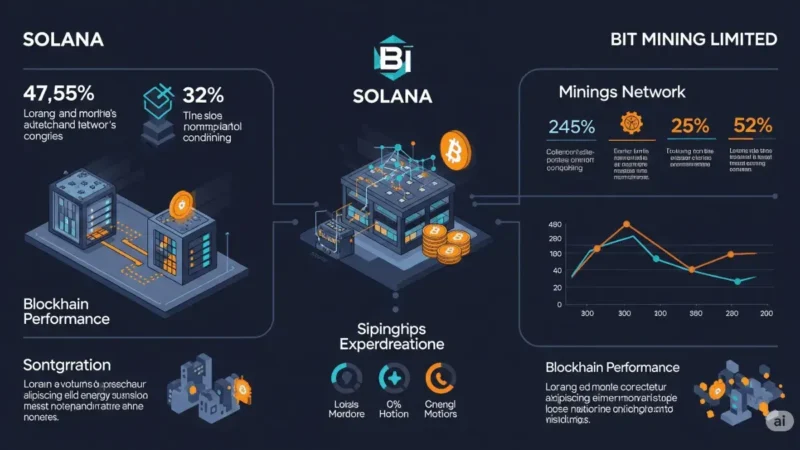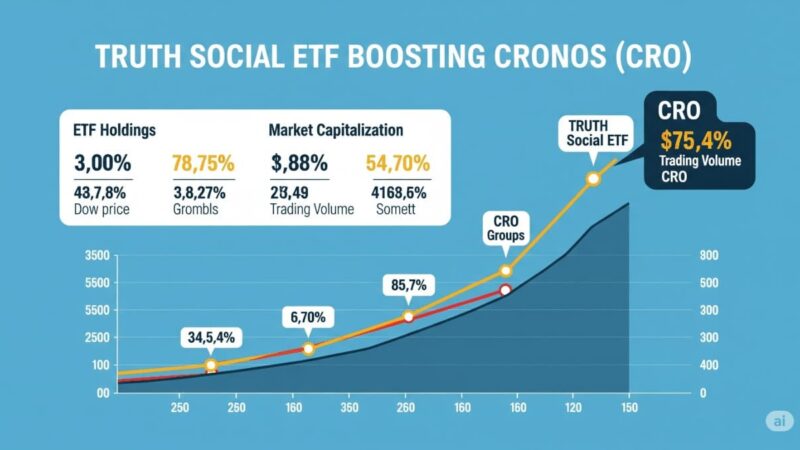Several central banks successfully tested a CBDC

Several central banks, led by the Bank for International Settlements tested a CBDC. In the test run, this represented several fiat currencies, served successfully as a cross-border payment method and was based on a public blockchain. In the meantime, functions have even been tested that were previously only known from the DeFi sector.
Central banks successfully tested a CBDC
Several central banks successfully tested a CBDC in collaboration. The test run took place in cooperation between the Bank for International Settlements (BIS) and the central banks of Switzerland, France and Singapore.
The CBDC reflected the theoretical value of the Swiss franc, the euro and the Singapore dollar. The BIS describes the central bank digital currency as wCBDC in a report . The letter W stands for “Wholesale” and indicates institutional use.
The testing ensured that automated market makers – so-called AMMs – function in practice. These are interesting for cross-border trading or interbank trading. Cross-border payments between banks were also tested.
The project, which was given the name Mariana , relied on a “common token standard of a public blockchain”. This standard is “compatible with several local payment and settlement systems of participating banks”.
As a detailed explanation shows, this is the Ethereum -based token standard ERC-20.
According to Cecilia Skingsley, who leads the “Innovation” sector within the BIS, the functions of AMMs are reminiscent of DEXs, which are already well-known and popular in the crypto industry. They allow users to trade various cryptos trustlessly.
“The project even used smart contracts to enable central banks to manage their wCBDC without having to directly operate or control the underlying platform,” the report says.
Is the Swiss National Bank SNB planning a CBDC?
The Swiss National Bank (SNB) announced in the past that a CBDC for end consumers was not planned and that the idea had not yet convinced those responsible.
However, according to the SNB, such a system is conceivable for institutional customers. This should allow banks to move assets between each other more quickly and cost-effectively. However, with the participation of the SNB, Project Mariana also tested functions that could be of interest to end customers.
The BIS press release states explicitly:
The project is purely experimental and does not mean that any of the central banks involved intend to issue CBDC or support DeFi or any specific other technical solution.
Accordingly, the SNB’s position is unlikely to have changed as a result of participation. Even before Project Mariana, the other participants took an opposite position. Work on the digital euro is already progressing.
Stay tuned for daily cryptocurrency news!
In addition to Mariana, Singapore is also leading other projects to test a digital central bank currency. A pilot project is currently taking place with Ubin+.
Other countries around the world have already introduced CBDCs. The Chinese digital yuan and the Nigerian eNaira are well known. Vitalik Buterin recently made critical comments about digital central bank currencies .
According to the Ethereum creator, most governments’ work on CBDCs has so far been based on deception. The often promised neutrality and privacy are not maintained in most cases.
Instead, it is a threat to the privacy and financial freedom of end consumers. The Canadian citizen agrees with critical voices in the crypto scene that reject CBDCs in principle.



